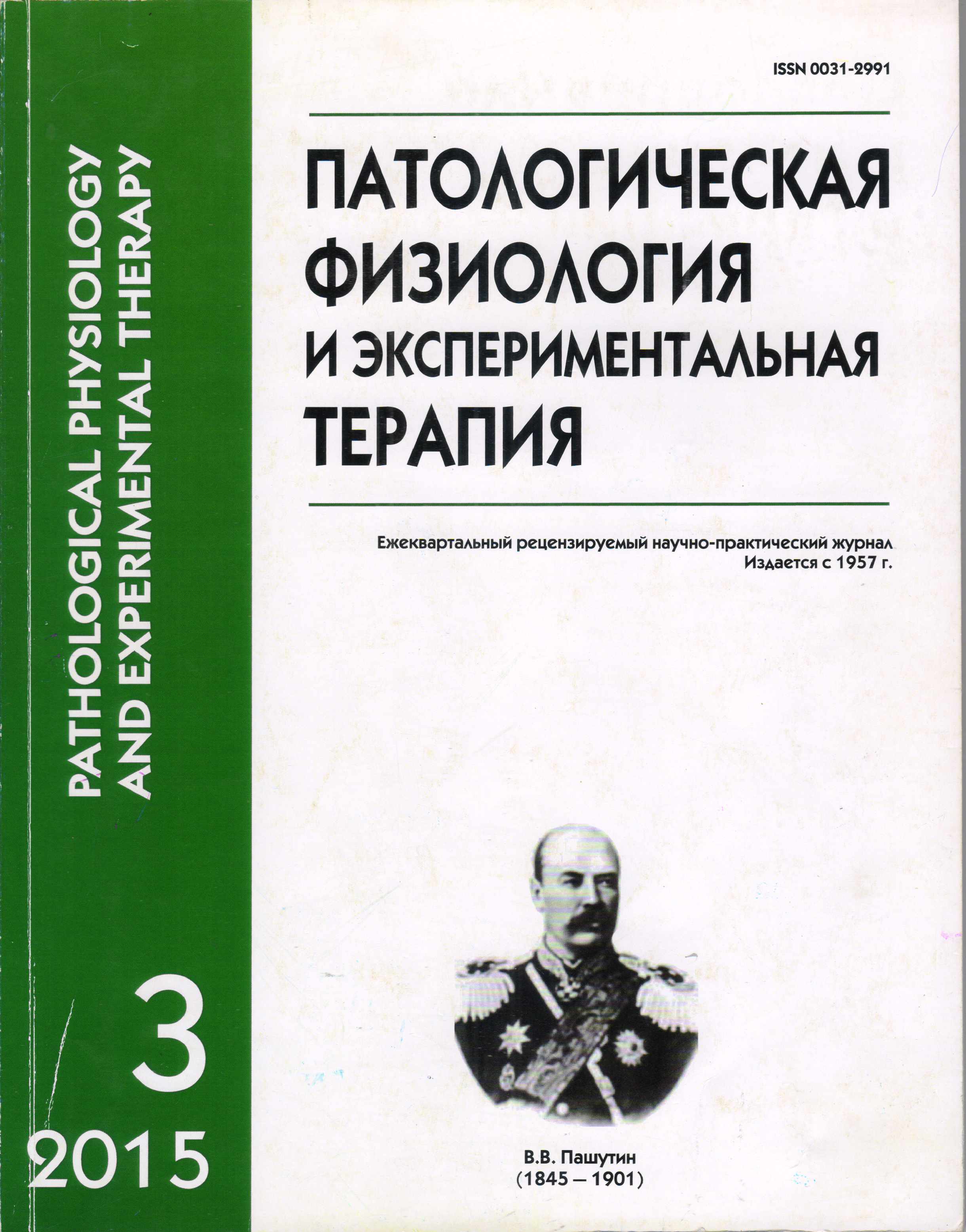The influence of erythrocyte-derived microvesicles on aggregation of platelets in burn injury
Keywords:
erythrocytes, microvesicles, burn injury, platelet aggregation, antithrombin activity
Abstract
Burn Injury is accompanied by a significant homeostasis disorder, including the disorder of primary homeostasis, associated with aggregation of platelets. The role of erythrocyte-derived microvesicles in this process has not undergone thorough research. Microvesicles were isolated from washed erythrocytes after one day of storage by ultracentrifugation at 100000 g. The number of MVs was determined by flow cytometry and was standardized in the samples. Heparin –dependent and heparin-independent antithrombin activity in erythrocyte microvesicles was studied by coagulation method. We studied platelet aggregation induced and not induced by ADP under the conditions of artificial shear flow. It was shown that at the early stage of burn injury the number of erythrocyte-derived microvesicles in blood demonstrated a 4.2 –fold ncrease. We determined that microvesicles, derived from the erythrocytes of burn patients displayed a significantly less aggregation activity than the microvesicles from donors. The main reason is a considerably lower antithrombin activity in the erythrocyte microvesicles of burn patients. Thus, we can conclude that the decrease of antiaggregation and antithrombin activity of erythrocyte microvesicles associated with the increase in their concentration in blood contributes to thrombophilia of burn patients.Downloads
Download data is not yet available.
Published
11-11-2015
How to Cite
Levin G. Y., Sukhareva E. G. The influence of erythrocyte-derived microvesicles on aggregation of platelets in burn injury // Patologicheskaya Fiziologiya i Eksperimental’naya Terapiya (Pathological physiology and experimental therapy). 2015. VOL. 59. № 3. PP. 62–68.
Issue
Section
Original research






